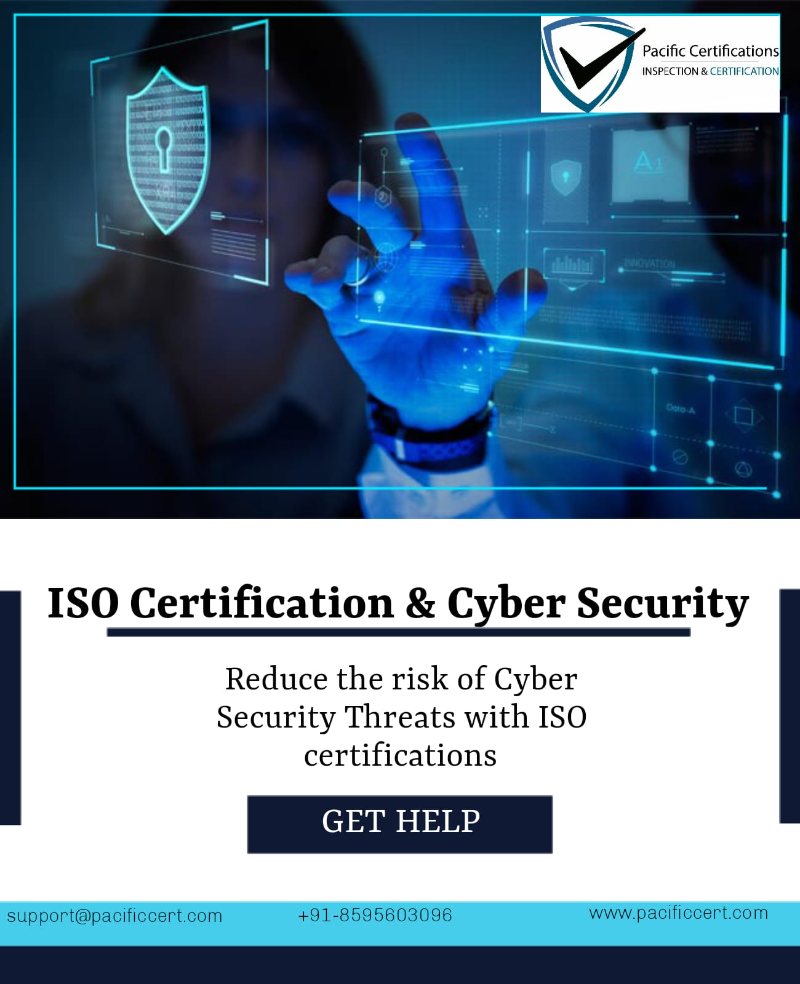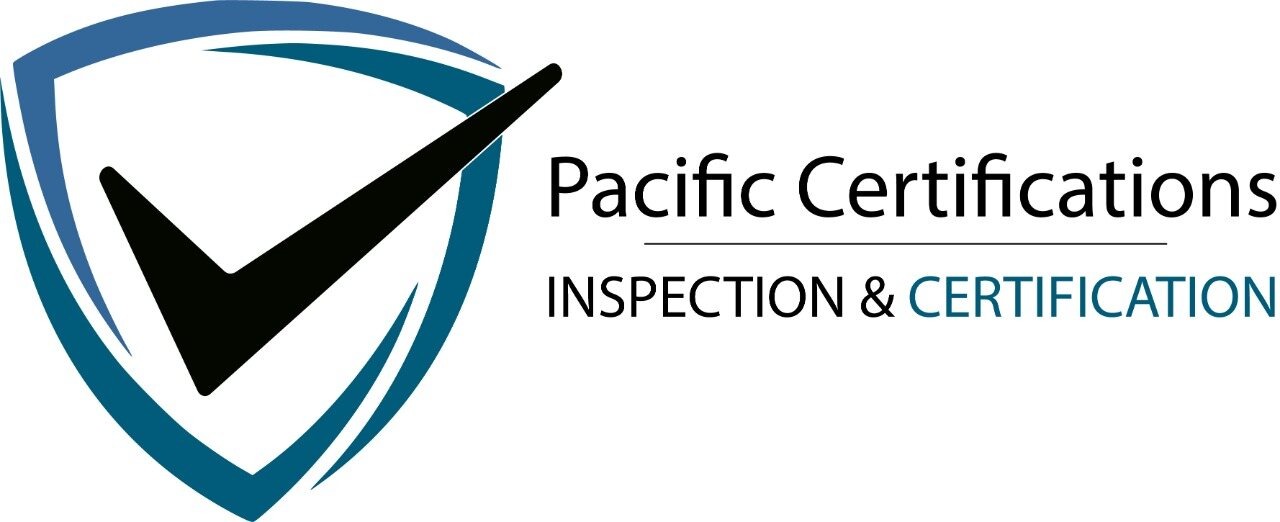What are the Biggest Cybersecurity Threats in 2023?

In 2023, several significant cybersecurity threats continue to pose challenges to individuals, organizations, and governments. While it's important to note that the threat landscape is constantly evolving, here are some of the prominent cybersecurity threats:
Ransomware: Ransomware attacks remain a top concern. Cybercriminals employ sophisticated techniques to infiltrate systems and encrypt sensitive data, demanding ransom payments in exchange for its release.
Recent incident: LockBit gang accessed the computer systems of MCNA Dental and stole 700GB of sensitive, confidential information. On April 7th, 2023, LockBit released all data on its website, making it available for download by anyone.
Phishing and Social Engineering: Phishing attacks are prevalent and continue to evolve. Cybercriminals employ social engineering tactics to trick individuals into revealing sensitive information or performing actions that compromise security.
Zero-day Exploits: Zero-day vulnerabilities are software vulnerabilities that are unknown to developers, making them prime targets for attackers. Exploiting these vulnerabilities allows cybercriminals to gain unauthorized access and control over systems.
Supply Chain Attacks: Attackers increasingly target supply chains, compromising trusted software or hardware vendors to inject malicious code into products or gain unauthorized access to networks. This can have far-reaching consequences as it impacts multiple organizations and their customers.
Recent incident: In February, a recent supply chain cyber attack targeted a business partner of semiconductor company Applied Materials disrupted shipments and was expected to cost $250 million in Q1 2023
Others:
June 2023 – MOVEit Supply Chain Attack
March 2023 – 3CX Supply Chain Attack
February 2023 – Applied Materials Supply Chain Attack
Internet of Things (IoT) Vulnerabilities: The proliferation of IoT devices introduces new avenues for cyber threats. Insecurely configured or vulnerable IoT devices can be exploited by attackers to gain unauthorized access to networks or launch large-scale distributed denial-of-service (DDoS) attacks.
Insider Threats: Insider threats refer to malicious actions or negligence by individuals within an organization. This can include disgruntled employees or inadvertent mistakes that lead to data breaches or other security incidents.
Advanced Persistent Threats (APTs): APTs are sophisticated, targeted attacks often attributed to nation-state actors or well-resourced cybercriminal groups. These threats involve persistent infiltration of networks over extended periods, aiming to steal sensitive data or disrupt critical infrastructure.
Cloud Security Challenges: As organizations increasingly adopt cloud services, securing cloud environments becomes crucial. Misconfigured cloud storage, insecure APIs, and unauthorized access pose significant risks, potentially exposing sensitive data.
AI-powered Attacks: The utilization of artificial intelligence (AI) and machine learning (ML) in cyber attacks is a growing concern. Attackers can leverage AI algorithms to automate attacks, evade detection, or generate convincing fake content for social engineering purposes.
Data Privacy and Compliance: With the increasing emphasis on data privacy regulations, such as the GDPR and CCPA, organizations face challenges in ensuring compliance and safeguarding user data. Failure to meet regulatory requirements can result in significant legal and financial consequences.
The cybersecurity landscape is highly dynamic, and new threats can emerge rapidly. Staying vigilant, implementing robust security practices, and keeping software and systems up to date are crucial for mitigating these risks.
How ISO standards can help to reduce the risk of cybersecurity threats?
ISO standards play a significant role in reducing the risk of cybersecurity threats by providing guidance, best practices, and frameworks for organizations to establish robust cybersecurity practices.
Implementing ISO standards, organizations can enhance their cybersecurity capabilities, establish effective risk management practices, respond to incidents promptly, secure their supply chains, raise employee awareness, and demonstrate their commitment to cybersecurity. This ultimately helps reduce the risk of cybersecurity threats and enhances the resilience of organizations against evolving cyber risks.
Several standards such as ISO 27001, ISO 27701, ISO 27035, ISO 28000 etc can help organizations reduce the risk of cybersecurity threats by providing guidelines and best practices for effective cybersecurity management.
Which ISO standards are applicable and can help to reduce the risk of Cybersecurity Threats?
ISO/IEC 27001:2022 is top most important IT security standard, it provides a framework for organizations to establish, implement, maintain, and continually improve their information security posture. It covers risk management, security controls, incident response, and ongoing security governance.
PCI DSS: The Payment Card Industry Data Security Standard (PCI DSS) is a set of requirements for organizations that handle credit card information. It outlines security controls to protect cardholder data, prevent data breaches, and maintain a secure payment environment.
ISO/IEC 27002: This standard provides a comprehensive set of security controls and best practices that align with ISO 27001. It covers various domains of information security, including risk assessment, access control, incident management, cryptography, business continuity, and more.
IEC 62443: The International Electrotechnical Commission (IEC) 62443 series of standards focuses on security for industrial control systems (ICS) and operational technology (OT) environments. It provides guidelines for protecting critical infrastructure and manufacturing systems from cyber threats.
GDPR: The General Data Protection Regulation (GDPR) is a European Union regulation that sets guidelines for protecting personal data and privacy. Compliance with GDPR requirements helps organizations address cybersecurity risks associated with personal data processing.
ISO/IEC 15408 is a standard for evaluating and certifying the security properties of IT products and systems. It provides a framework for assessing and validating the security functionalities and assurances of a product or system, ensuring that they meet defined security requirements.
ISO 22301:2019 - Security and resilience- ISO 22301 provides guidelines for organizations to establish, implement, and maintain effective business continuity practices. It emphasizes the importance of identifying and managing the impacts of disruptions, including incidents, crises, or disasters, on an organization's ability to continue its critical activities. It helps organizations develop a proactive approach to prevent, mitigate, respond to, and recover from disruptive incidents.
ISO 28000: It provides guidelines for organizations to establish, implement, maintain, and continually improve security practices within their supply chain. ISO 28000 is applicable to all types of organizations involved in the supply chain, regardless of their size or location. It covers various sectors, including manufacturing, logistics, transportation, warehousing, and distribution.
ISO/IEC 27037:2012 - Information technology: ISO/IEC 27037 provides guidelines for the identification, collection, acquisition, and preservation of digital evidence in the field of information technology. It focuses on the processes and procedures involved in handling digital evidence during investigations.
ISO/IEC 29147:2018 - Information technology: ISO 29147:2018 provides guidelines for organizations to establish and operate a vulnerability disclosure process. It focuses on the handling and communication of vulnerabilities discovered in information systems.
ISO/IEC 27017:2015 - Information technology: ISO 27017:2015 provides guidelines for information security controls specifically applicable to cloud service providers (CSPs) and their customers. It addresses the unique security considerations and challenges associated with cloud computing.
ISO/IEC 30111:2019-Information technology- Security techniques- It provides guidelines for vulnerability handling processes. It focuses on the procedures and practices organizations should follow when identifying, evaluating, and managing vulnerabilities in information technology (IT) products and systems.
ISO/IEC 27032: It provides guidelines for cybersecurity, specifically focusing on the coordination and collaboration between organizations involved in cyberspace. It aims to address the challenges and risks associated with cybersecurity, including the protection of critical information infrastructures.
Overall, all these international standards can be significantly useful to reduce the IT security risks
Difference between ISO 27032 and ISO 27001
ISO 27032 and ISO 27001 are both standards related to information security, but they focus on different aspects and serve different purposes. Here's a comparison of ISO 27032 and ISO 27001:
ISO 27032:
Scope: ISO 27032 is a standard specifically dedicated to cybersecurity, focusing on the coordination and collaboration between organizations involved in cyberspace. It addresses the challenges and risks associated with cybersecurity and provides guidance on managing those risks effectively.
Emphasis: ISO 27032 emphasizes the importance of collaboration, information sharing, and coordination among different stakeholders in cyberspace, including organizations, government agencies, and other relevant entities. It aims to establish a collaborative environment to address cybersecurity threats.
Focus: The standard focuses on the strategic aspects of cybersecurity, including risk management, incident response planning, information sharing, and building a cybersecurity-aware culture within organizations. It helps organizations develop a systematic approach to cybersecurity and promotes collaboration to tackle cyber threats.
ISO 27001:
Scope: ISO 27001 is a broader information security management standard. It provides a framework for organizations to establish, implement, maintain, and continually improve an Information Security Management System (ISMS). It covers all aspects of information security, including cybersecurity.
Emphasis: ISO 27001 emphasizes the systematic management of information security throughout an organization. It focuses on establishing a risk management framework, implementing controls to mitigate risks, ensuring legal and regulatory compliance, and maintaining the confidentiality, integrity, and availability of information.
Focus: The standard covers the entire spectrum of information security, including physical security, personnel security, asset management, access control, cryptography, incident management, business continuity, and compliance. It provides a structured approach to managing information security risks and protecting valuable assets.
In summary, while both ISO 27032 and ISO 27001 are related to information security, ISO 27032 focuses specifically on cybersecurity and collaboration between organizations, whereas ISO 27001 provides a broader framework for managing information security, including cybersecurity, within an organization. ISO 27001 can be considered as a foundational standard for establishing an Information Security Management System (ISMS), while ISO 27032 offers specific guidance on cybersecurity coordination and collaboration.
If you are looking to implement any of these standards, contact us today at [email protected] or +91-8595603096

Read more: ISO certification for Funds Management Services and applicable standards
